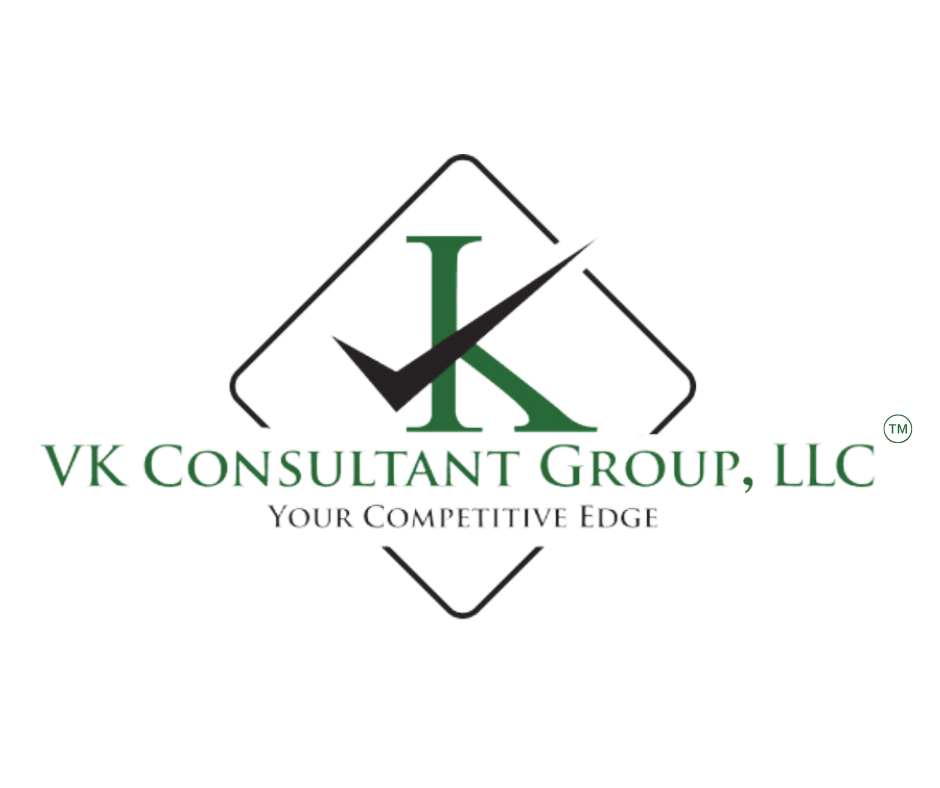Credentialing in medical practice seeks to maintain quality standards in the medical industry to benefit patients. This process involves contacting primary sources directly to verify healthcare providers’ qualifications. A Credential Verification Organization (CVO) contacts the university where the provider received their degree or did training to confirm the service providers’ credentials. Author Nancy Ahuja recently shared the following basic steps to credentialing:
Benefits of Medical Credentialing
This process offers quality assurance to the medical industry to the benefit of all parties. A medical center owner becomes confident that all employees meet expected industry standards. Even insurance providers prefer insuring professionals with demonstrated sufficient competence to the medical service. Medical practitioners get privileges to accept patients from insurance companies after credentialing. This allows growing the customer base afterward.
Patients benefit significantly from the credentialing process. It keeps them informed that medical practice meets rigorous health care standards. There’s peace of mind that a practice offers high-quality patient care. The medical credentialing process maintains confidence regarding quality in medical practice through minimizing errors and keeping costs down.
Credentialing Process
Health care providers have to wait for the completion and approval of the credentialing process before beginning to work. It gives patients peace of mind that the practice offers excellent care always. Outsourcing medical credentialing services guarantees that employees in medical practice have appropriate qualifications and experience for proper diagnosis and treatment of all conditions. Using non-credentialed staff puts your practice at risk of legal action and losing its institutional credentials.
Perhaps you have medical students and fellows in your practice. These don’t need credentialing since their work doesn’t go beyond training. These should be guided by a credentialed staff. It allows the students to acquire experience to make them qualify for credentials and privileges. This would have been not possible since they are still training which makes them ineligible for credentialing and privileging.
Primary source verification
This involves directly verifying credentials from their source. It limits the chances of fraud in the process since no document from the applicant or third-party source is accepted. The CVO contacts the board of medicine to confirm anyone’s medical license. There is strict adherence to this for proper certification of medical practice and for guaranteed industry best practice.
How to Get Credentials
Although the process varies according to facility and specialty of work, the basic process is similar across facilities and fields. The professional credentialing agency receives applications and begins the verification process from the source. A file is prepared for review by a credentialing committee before submission to the practice. This is where the ultimate decision to approve or deny the application happens. The applicant receives a letter with the decision.
Duration of the Medical Credentialing Process
The credentialing process takes several days to a few weeks. However, it might depend on the appropriate field for the credentials, the credentialing procedure, correct filling of the application, and the availability of all appropriate documents. It is recommended to consider credentialing about 90 days before work is expected to begin.
This gives enough room for case verification entities where requests take time to get responses or for the CVO to clarify discrepancies. Credentialing involves verification, evaluation, review, and approval processes. The CVO has limited control over the response period from external sources to verify the information. Therefore, delays might happen when the CVO has to resubmit verification requests.
How to Speed Up the Process
Speeding up the credentialing process requires the correct filling of the application. Additionally, it requires the thorough provision of all supporting documents. Another idea is to contact the verification source and request verification in the shortest possible time. Any pending licenses might cause serious delay to the whole process. It is important to have all appropriate licenses approved before applying for credentials and privileges.
In Conclusion
The credentialing process is very important to the medical practice owner and to patients. It guarantees that the right people qualified for the position are hired. Patients get peace of mind that they are to receive the best care. In addition, the practice owner with credentialed staff easily receives referral patients from insurance providers. This contributes significantly to the growth of the customer base for an improvement in the bottom line. Outsourcing a professional credentialing service will make the process easier and hassle-free.
If you’re ready to outsource provider credentialing, VK Consultant Group, LLC can help. We specialize in provider credentialing, taking the details off you so you can focus on patients. To learn more about how we can help your practice with credentialing or medical billing, contact us today!

